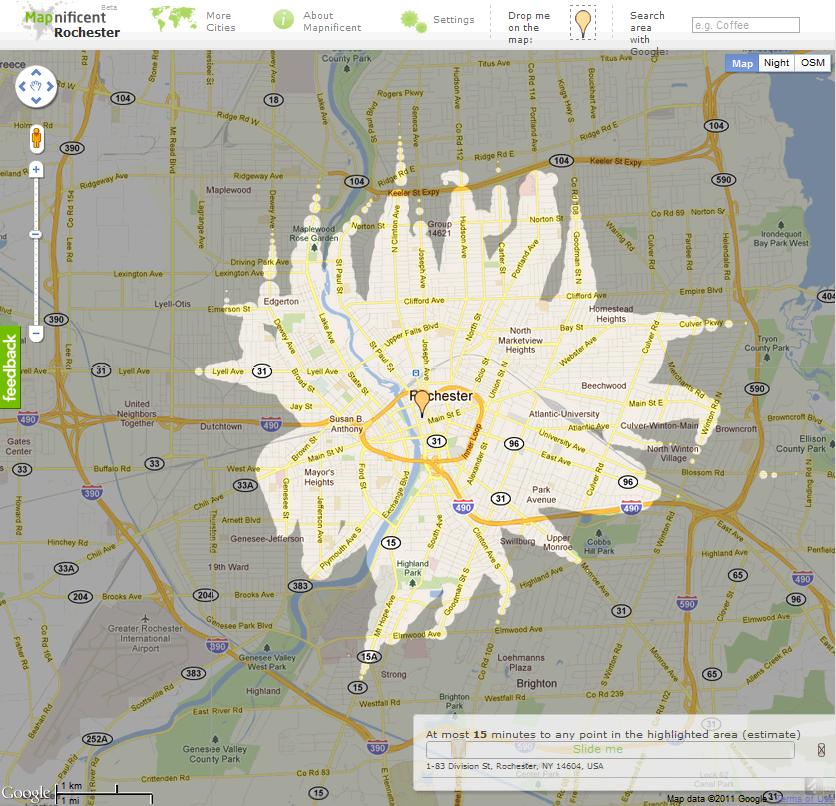A Behind the Scenes Retrospective
As bike advocates in dialogue with federal, state and local officials about safe spaces to ride, Reconnect Rochester and the Rochester Cycling Alliance often cite the “bike boom” that took off during the COVID pandemic, using it as justification for open streets concepts and investment in top-notch bike infrastructure. But the bike boom that was creating so much buzz nationally was hard to quantify: Yes, we saw that new bikes were hard to find (hence the enormous interest in used bike sales) and we heard that shops had a hard time obtaining common parts like bike tubes. But what did that look like at the micro level? So we reached out to our good friends at DreamBikes and asked Paul and Eric for a boots-on-the ground perspective of what they saw in Rochester during one of the strangest riding seasons ever. Here’s the story they told us.
All images were provided by and belong to DreamBikes.

2020 was a strange and unique year for us all, and this especially rang true for the bike industry. At the end of 2019, we at DreamBikes put together a plan of action for the coming season; how many bikes would we need to have refurbished and ready to roll at the beginning of the season, how many additional bikes would we need on hand to maintain stock throughout the year, what parts and accessories would be the hot sellers of the year, etc. While we thought we were well prepared and on track for a stellar 2020 cycling season, we did not know what was to come.
As Covid-19 started to spread into the Greater Rochester area and lock-downs were put into place we initially thought we would be “dead in the water,” and that the spring season was going to be chalked up as a lost cause. Fortunately, State Officials saw how imperative bike shops are and we were quickly deemed an essential service that is necessary for transportation. Hope was not lost, but we quickly had to adapt and change operations not only to be in compliance with state guidelines, but to also be able to provide our customers with the level of support and customer service that we pride ourselves on. We put together a new plan; offering sales though various digital facets and service on an appointment only basis. This plan was continuously modified throughout the year, but it made for a good starting point when we did not know what was going to happen next. It was only a matter of weeks, if not days, before the craziness commenced.
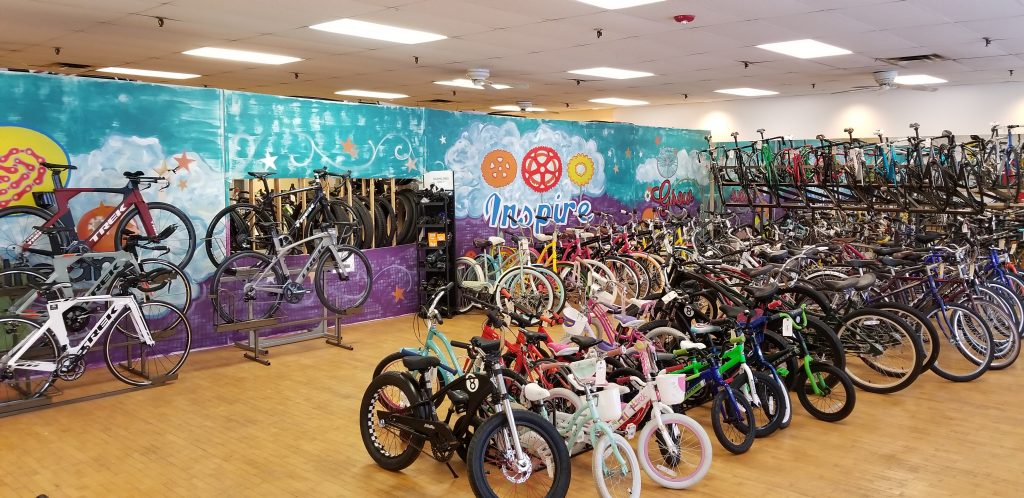
In the early stages of the pandemic we immediately saw a huge boost in the number of children’s bikes that we were selling. With kids out of school and many families now working from home, parents were looking for any way to get the kids out of the house, and what better way to do so than with a new bike? In the first couple of weeks of lockdown, we had already sold through a huge chunk of our kids bike inventory.
Then came the second wave of bike sales. With gyms closed, many people were looking for other ways to maintain their fitness and stay healthy; again, what better way to do so than by riding a bike? Sport-hybrid and road bike sales started to take off. If you thought you saw more people out riding bikes last spring, you were right. Spin classes may have been cancelled, but you don’t need a large group and a stationary bike to keep those legs moving.
As the weather started to break and the traditional riding season for most Rochesterians was kicking off, bike sales continued to skyrocket. We were now seeing entire families looking for bikes. Parents and kids all needing new bikes meant that we were flying through our inventory and we started to realize that the game-plan we put together back in the fall of 2019 may not have been sufficient. Hybrids, cruisers, and kids bikes were the hot sellers at this point, much as they are almost every spring, but this time we were selling 3, 4, 5, even 6 bikes on a single transaction. While our inventory was starting to take a significant hit, it was so awesome seeing entire families getting out together for a fun family ride!
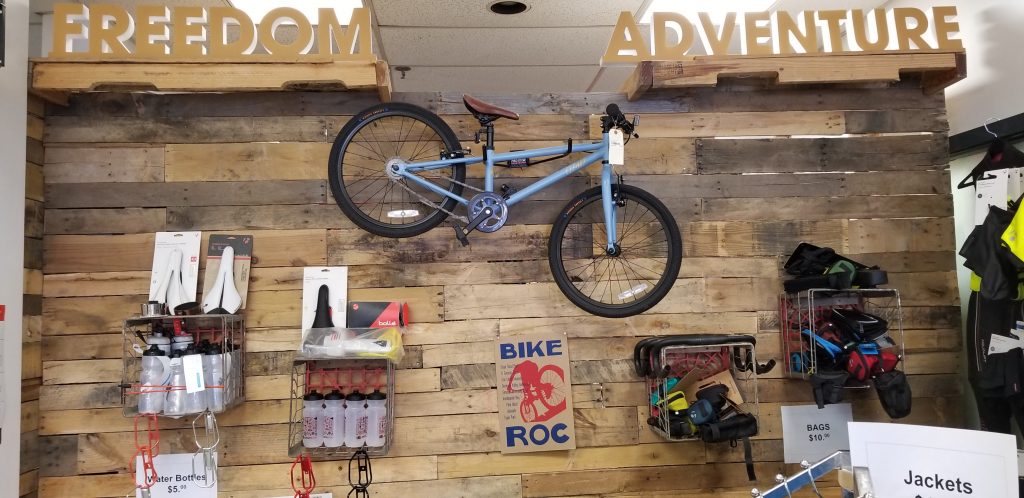
New bike sales continued to hold strong and steady and we were ready to kick things into high gear with our usual “the weather has finally broken” rush on tune-ups and service. We saw many familiar faces at this point as well as many new ones, but did not think too much of it as service orders generally tend to take off right around this time. We were in a groove and cruising now with service and sales, but really this was just the start of the chaos. Usually in the bike industry, service work starts with a boom that tails off a bit after the first few weeks of nice weather. This year, that tail-off never seemed to arrive. A steady flow of bikes were being dropped off to the shop for repairs and the service queue continued to grow.
By mid-May, bikes were in short supply across the nation. Folks were looking to purchase any bike that fit them, and those that could not find a new bike were digging their old bikes out of their garages and basements. Service queues grew and grew and even with our mechanics doing their absolute best, it seemed like we could never get ahead of the game. Soon, DreamBikes was booked out 3 weeks for repair turn-around and we heard rumors of some shops across the country utilizing multiple shifts to keep their mechanics wrenching 24 hours a day and still having lead times of several weeks. Little did we know, the service work was not going to slow down.
By mid June, it was nearly impossible to find a new bike. The show-floor at DreamBikes was sparse at best, with just a couple of oddball bikes in stock, and some bicycle manufacturers had already run out of stock that they expected to last throughout the entire 2020 season. People were willing to buy any bike regardless of style, size, color, etc; if it had two wheels and could be pedalled around, they would buy it. We saw an influx of bicycles being brought in for repair that had not been ridden in years or even decades, but the owners just wanted something, anything, to ride. This was the case across the country, and soon distributors were running out of stock on repair items just like they had with complete bicycles. It started with innertubes, then it was tires, then chains, soon after brake and shift cables, brake pads, patch kits, you name it and we probably could not get it; bike shops were unable to order the parts necessary to complete repairs. This was perhaps the most depressing part of the entire season for us; having to turn away a customer just because we could not get the parts we needed to repair their bike.
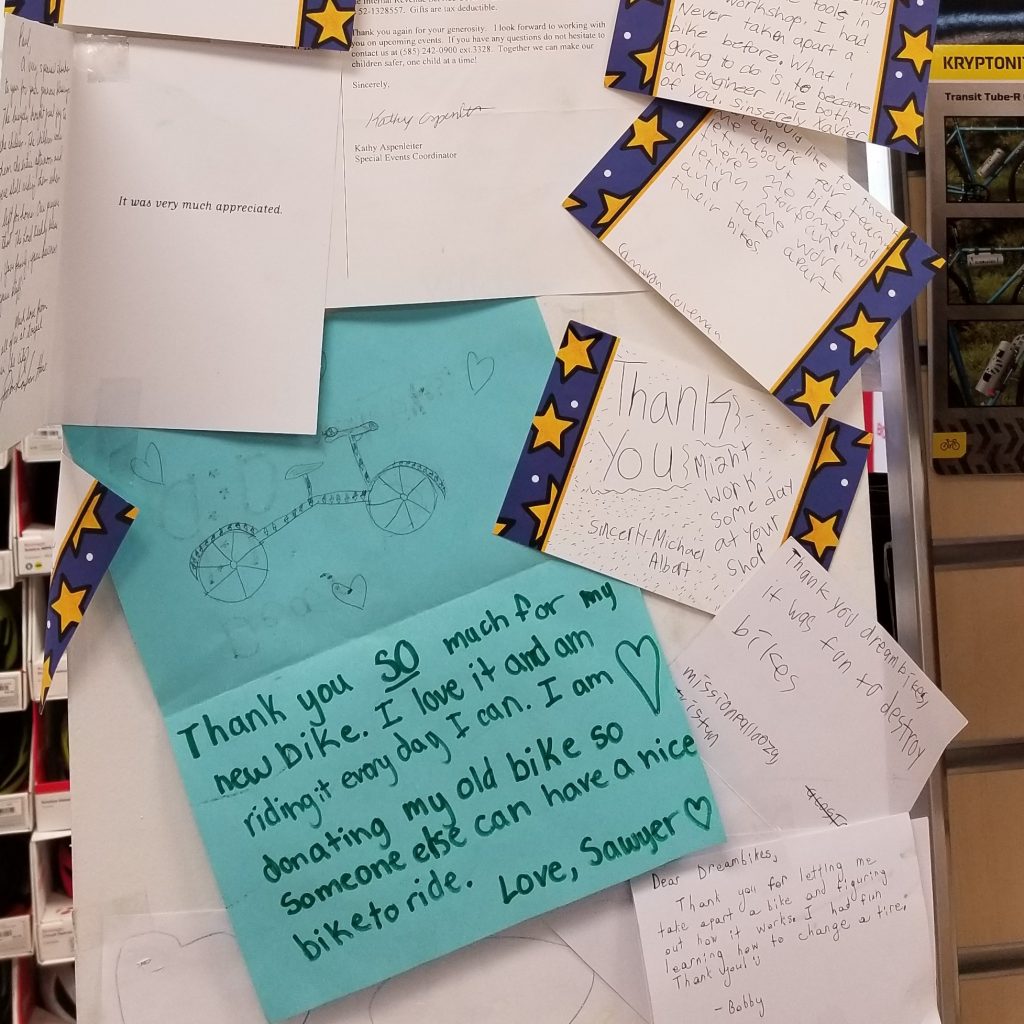
By August, we slowly but surely got back to a more normal pace and practice around the shop. While new bike supply was still very low, we were able to salvage many bikes and pilfer parts from other bikes that were beyond repair. It was still a challenge to get bikes on to the show floor as they seemed to sell almost as soon as we added them to inventory, but we were starting to gain some traction. Parts and accessories were finally coming off of back-order and making their way to the shop. Our shelves were filling back up and our service queue was back to our standard 48 hour turn-around. We could finally catch our breath!
The entire summer was a bit of a whirlwind and every day posed a new challenge for us. We kept our heads high and our noses to the grindstone and did our absolute best to ensure that we could get as many people on bikes as we possibly could. The ripple-effect of the pandemic will likely be felt in the bike industry for some time still, but hopefully the chaos of the 2020 cycling season is behind us for good!
Reconnect Rochester is optimistic that the bike boom will continue into 2021 and beyond. Whether it’s kids getting out of the house, adults riding to stay healthy, or residents biking to work, riders of all ages and abilities are discovering the joy and freedom of getting around on two wheels.



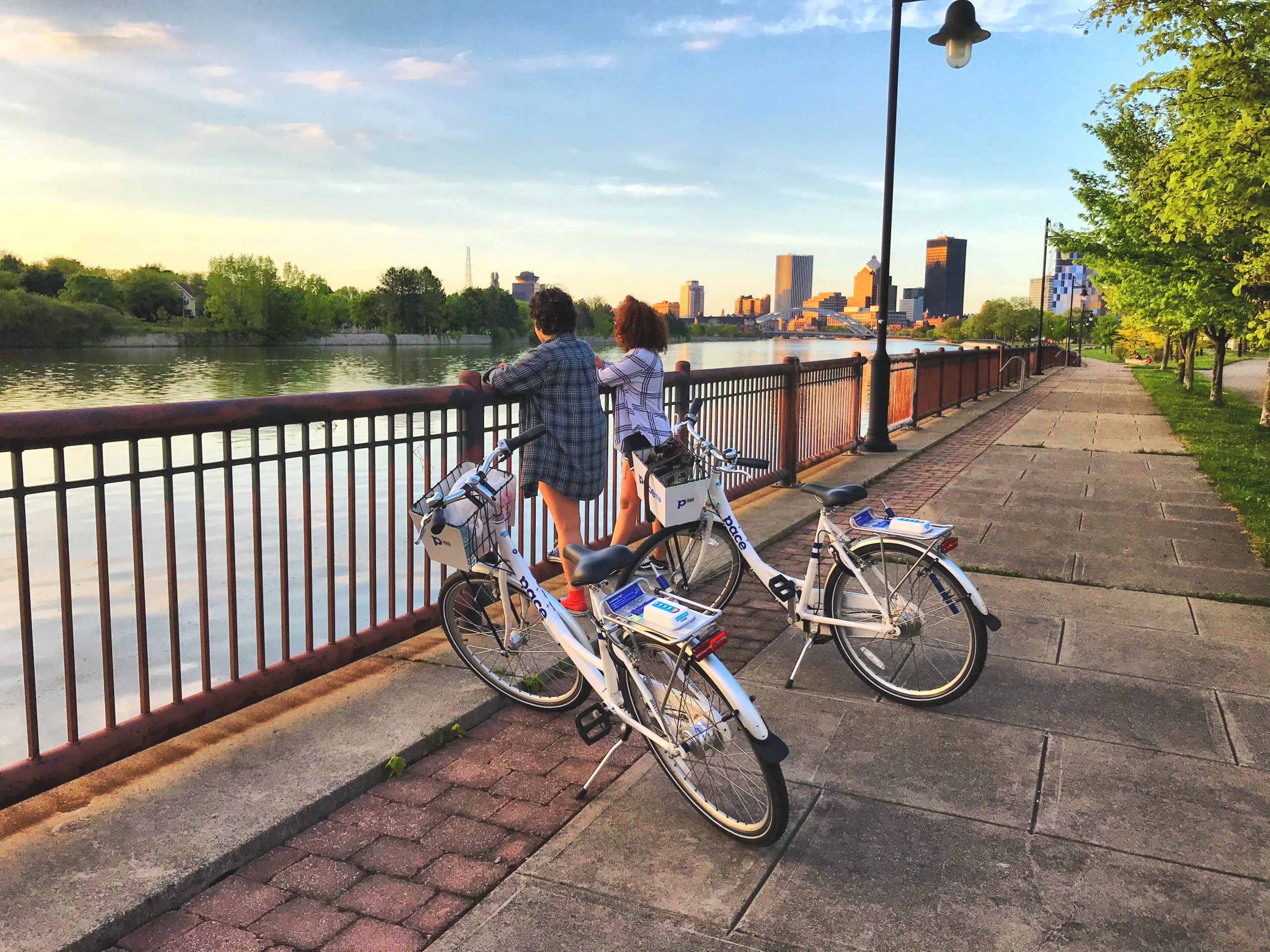

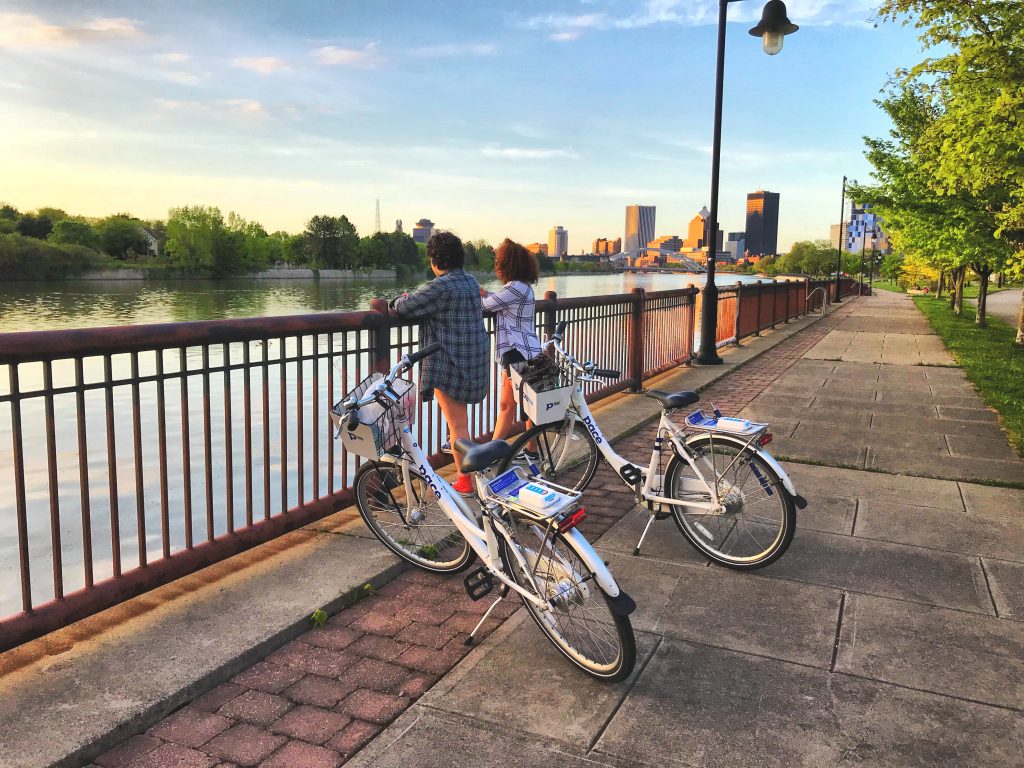
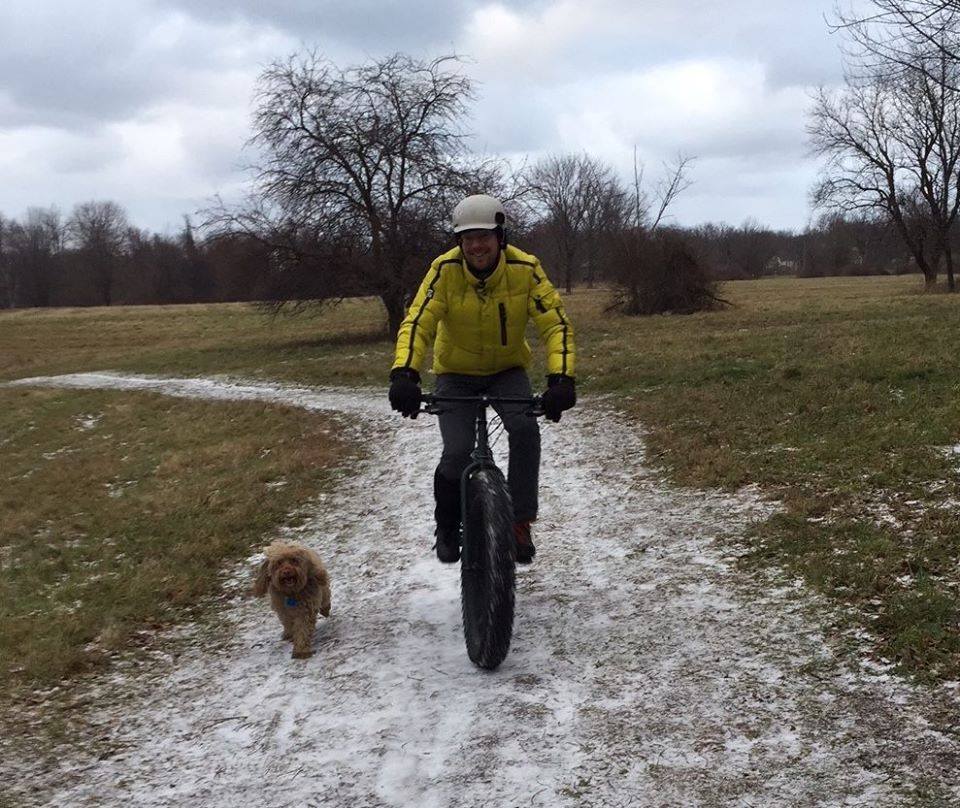
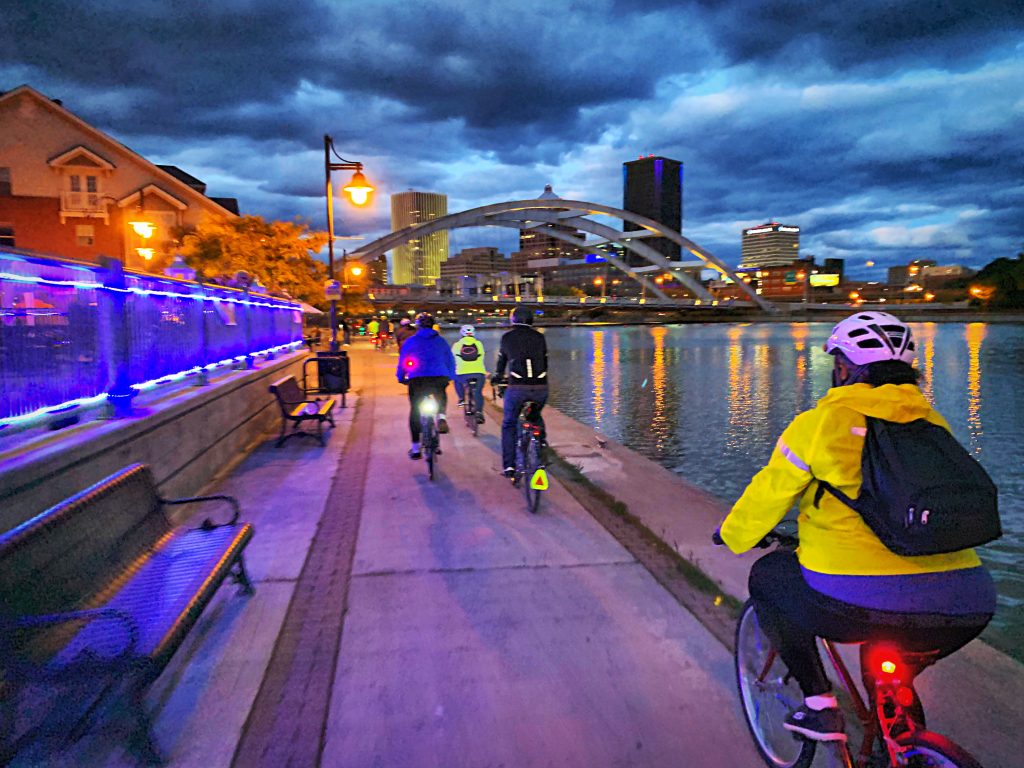
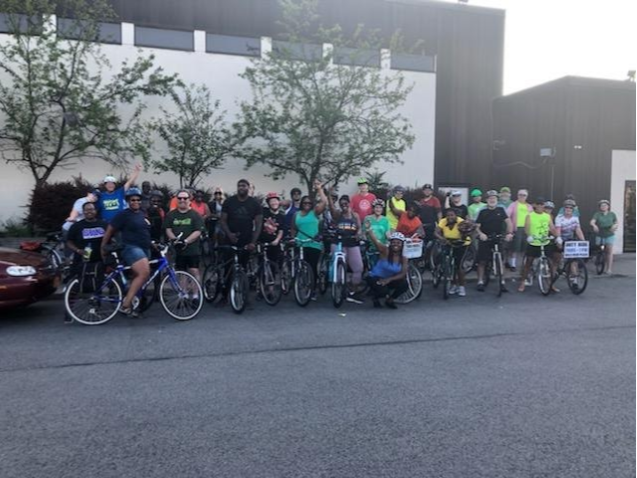




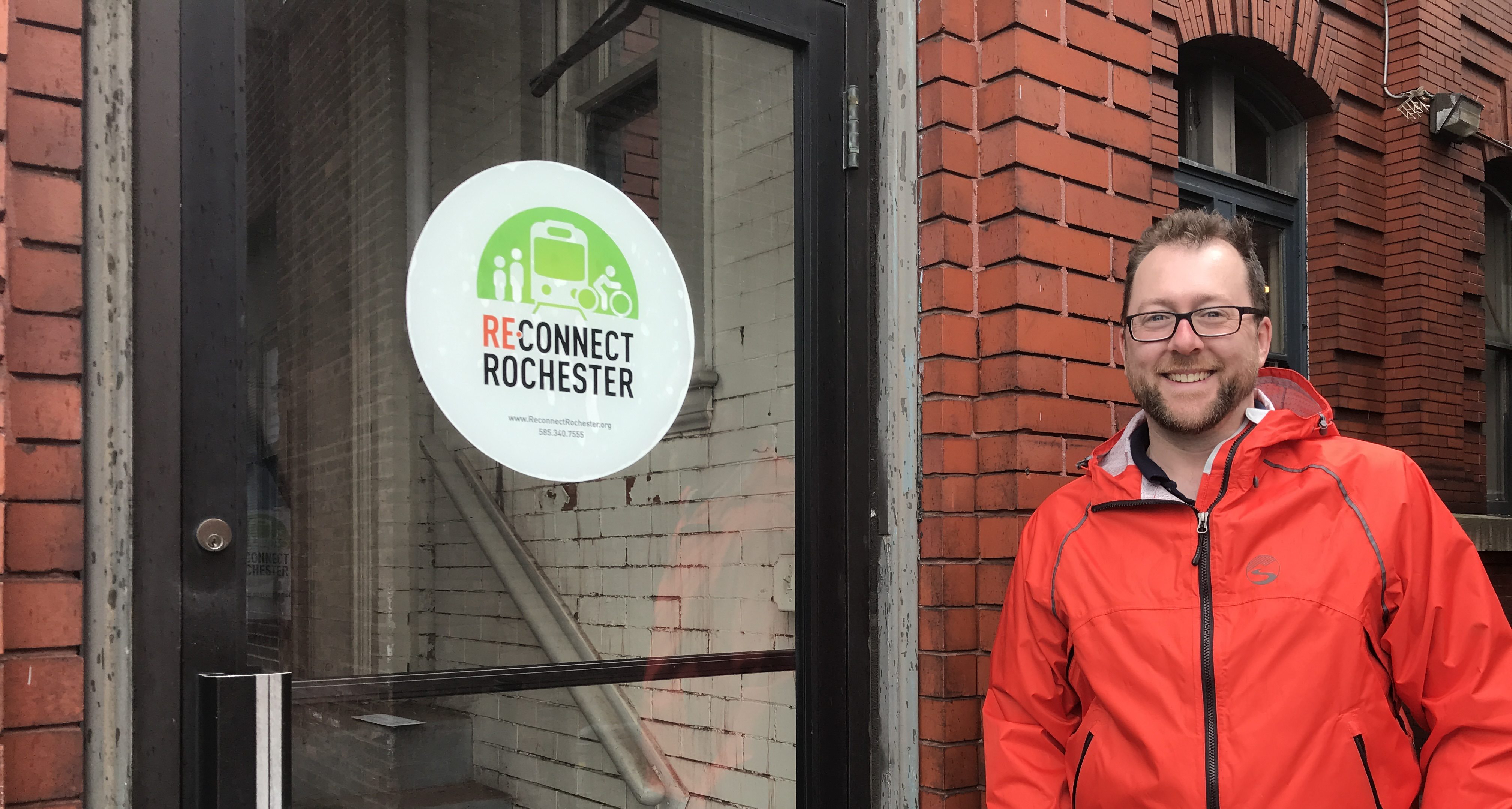
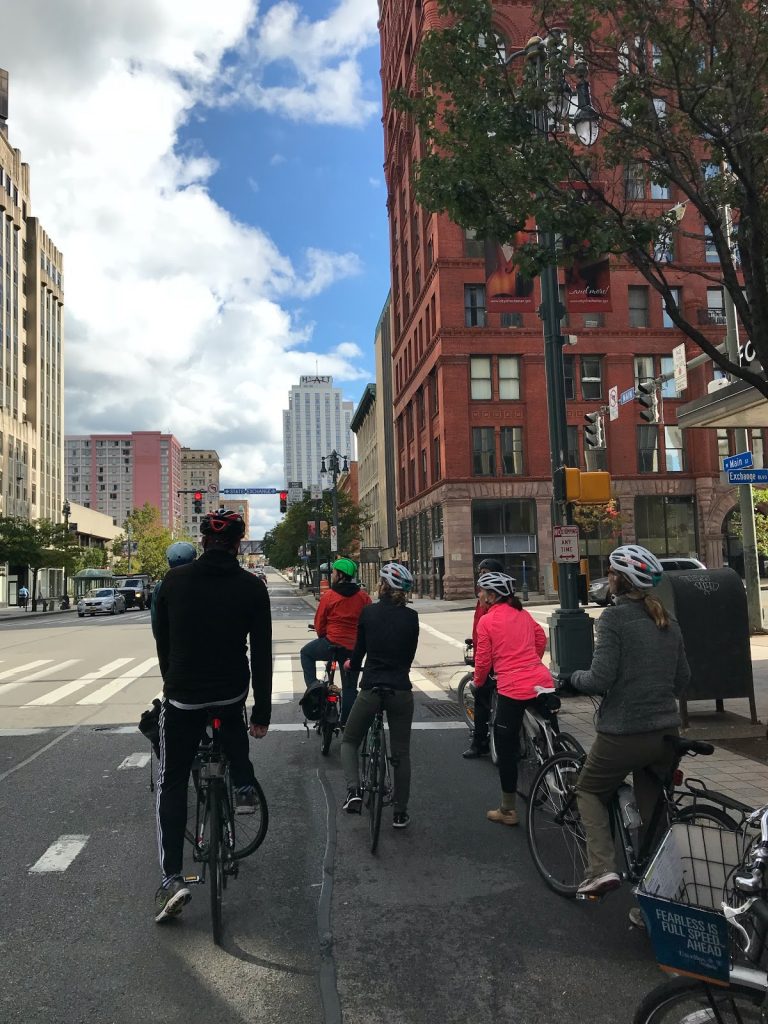
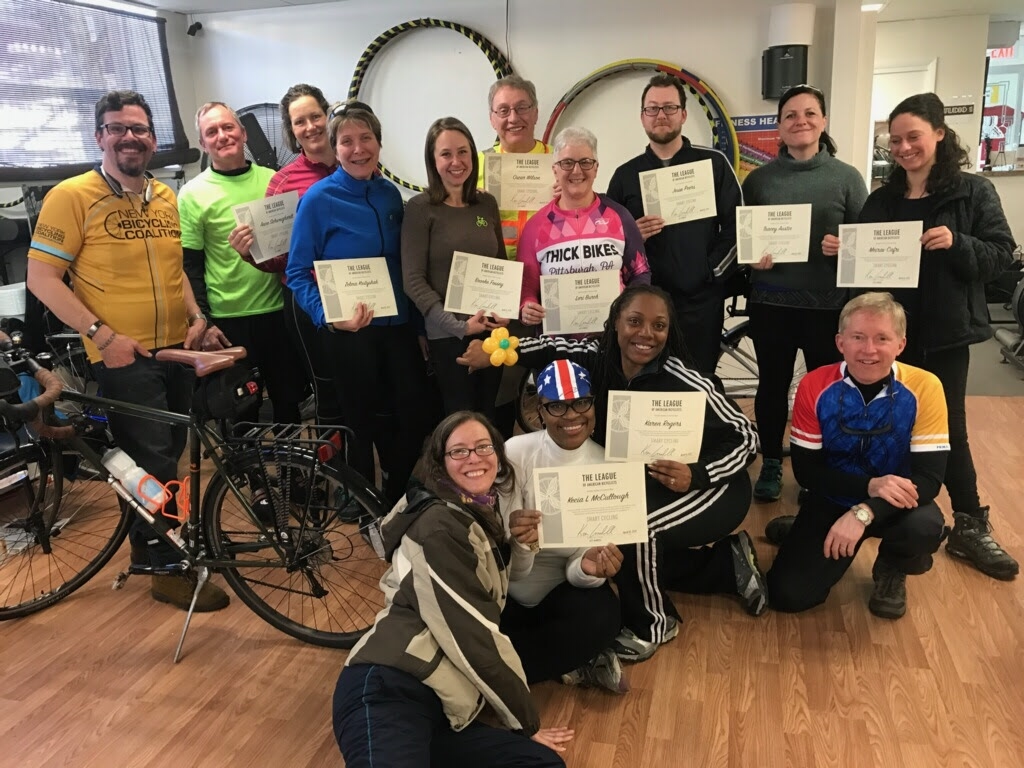
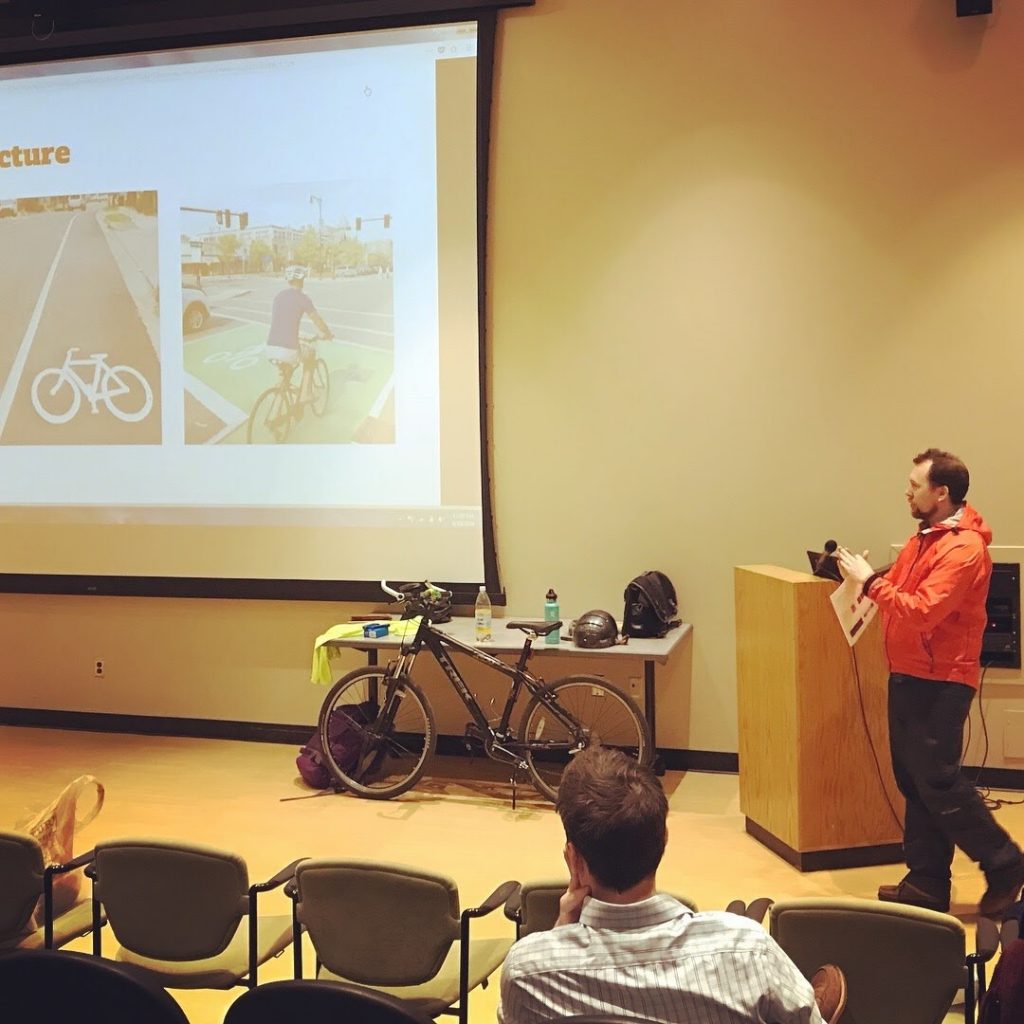
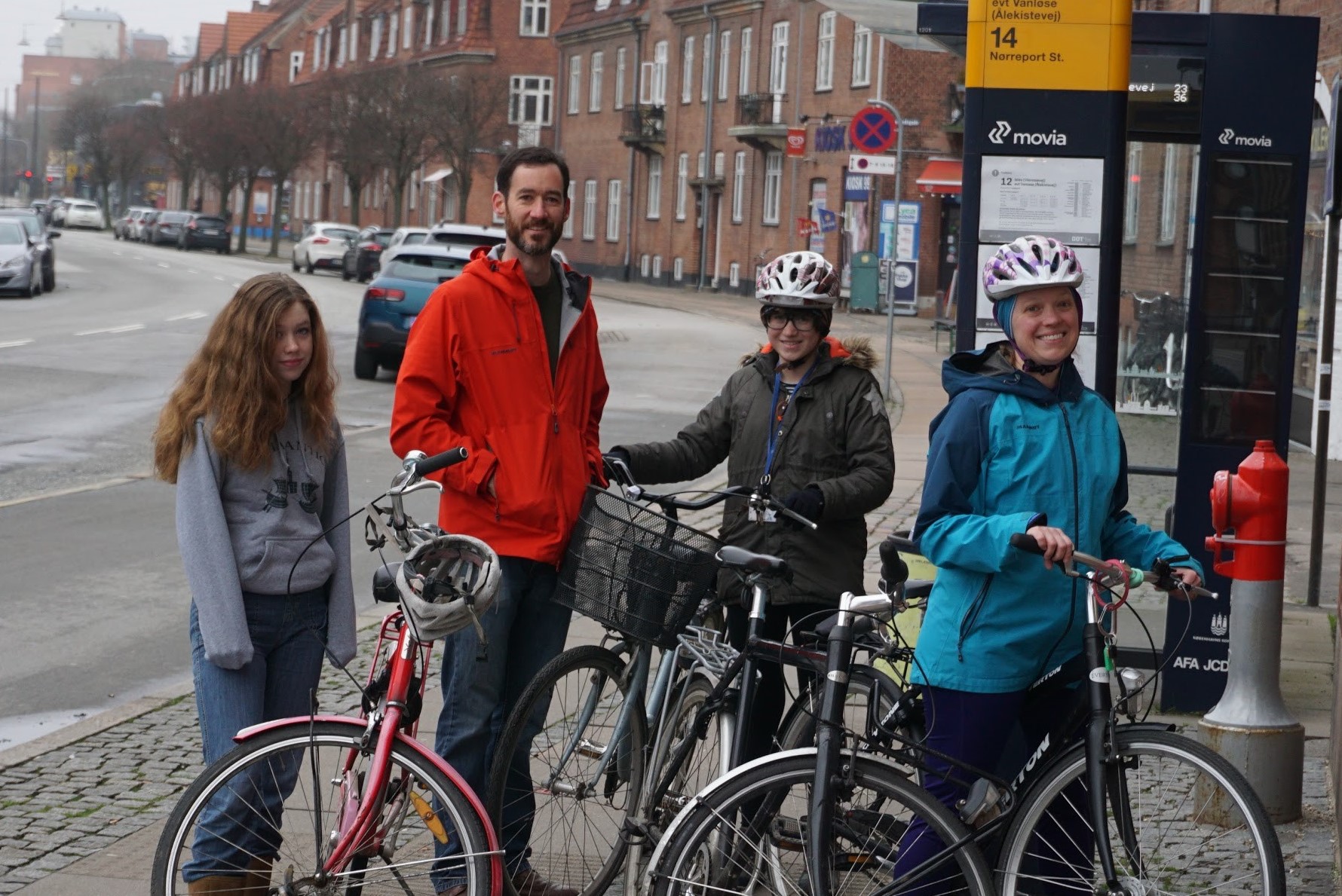


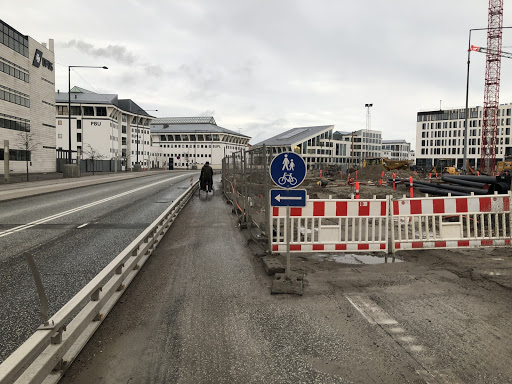

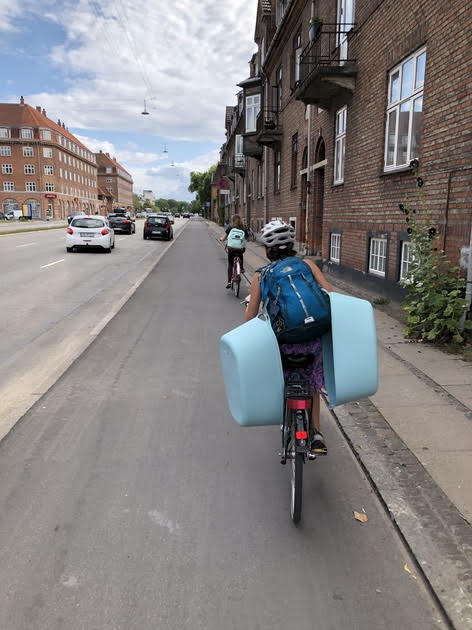
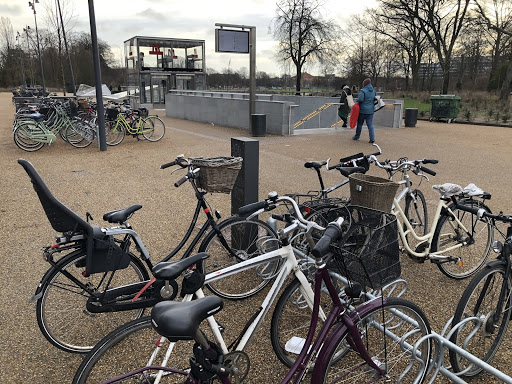

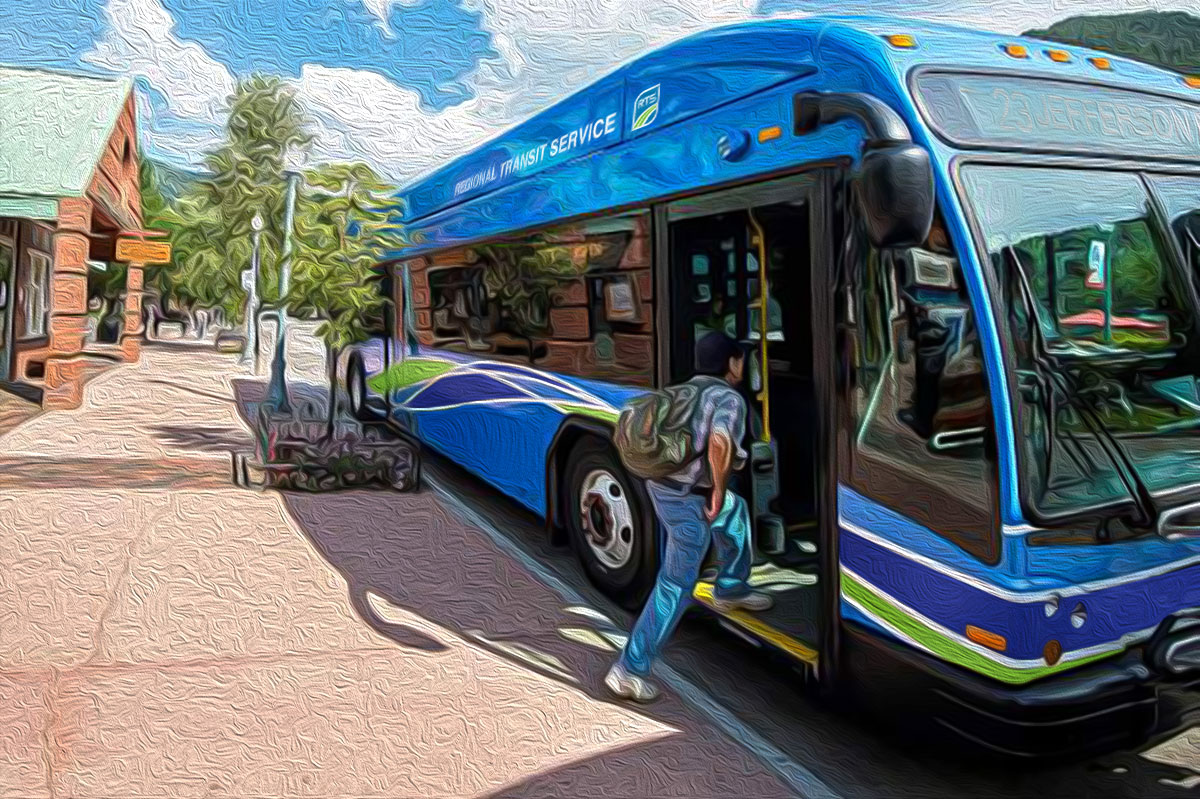
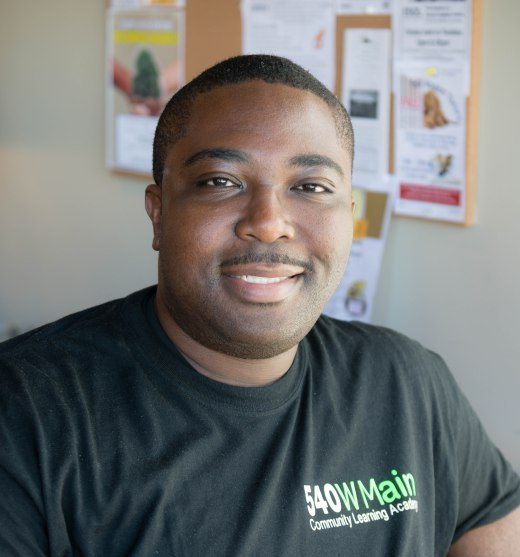
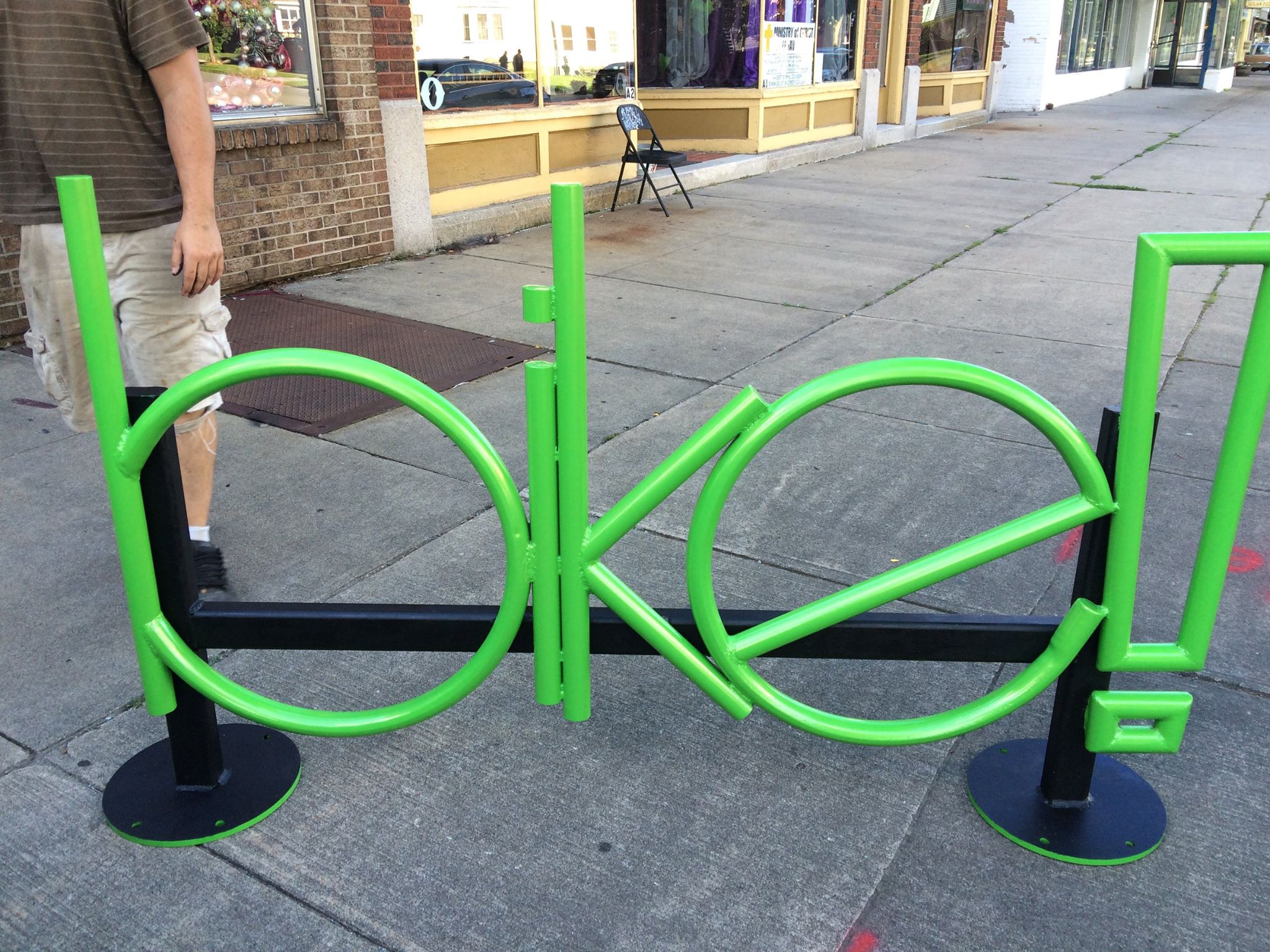
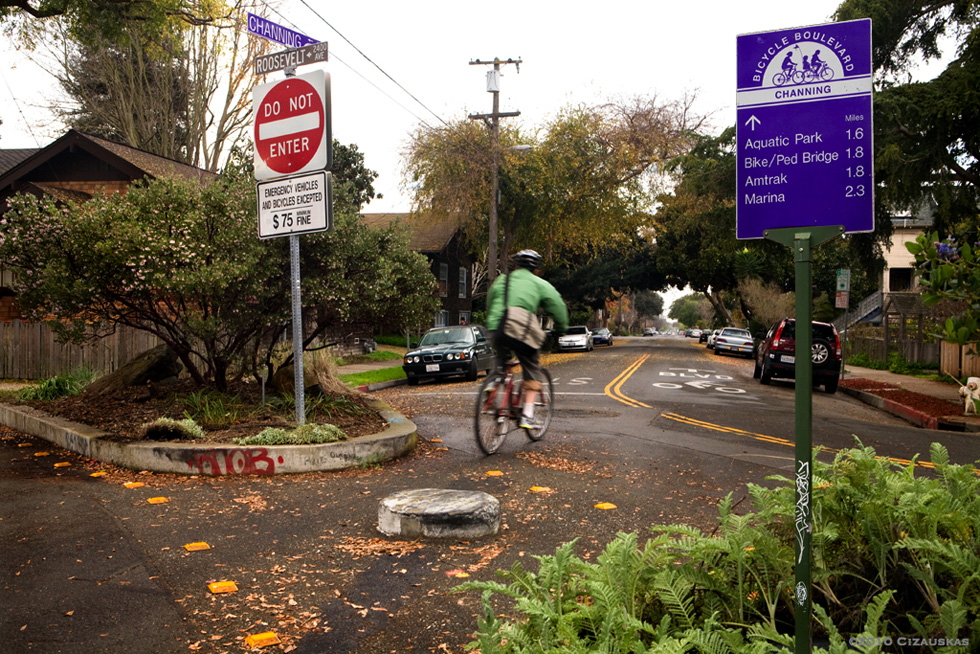
![Bike Boulevard in Berkeley, CA [PHOTO: Artbandito]](http://www.rochestersubway.com/images/photos/bike-boulevard-berkeley-artbandito.jpg)
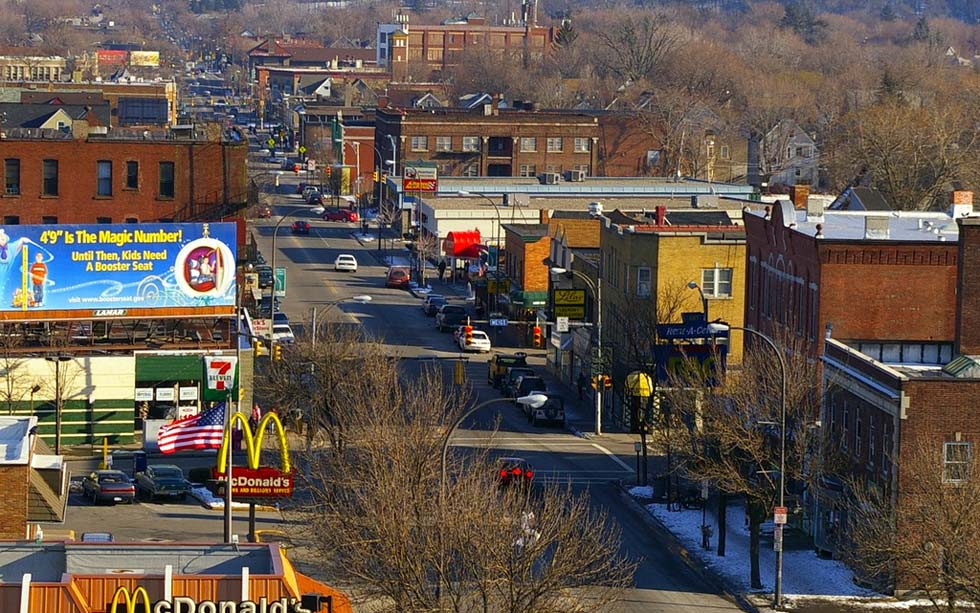
![Pedestrians, cyclists, and transit riders in Rochester (and across New York state) will soon benefit from a new Complete Streets law. Thanks to the volunteers at Reconnect Rochester and outspoken citizens like you! [FLICKR PHOTO: _Yoshi]](http://www.rochestersubway.com/images/photos/monroe-avenue.jpg)
![Pedestrians, cyclists, and transit riders in Rochester (and across New York state) will soon benefit from a new Complete Streets law. Thanks to the volunteers at Reconnect Rochester and outspoken citizens like you! [IMAGE: Reconnect Rochester]](http://www.rochestersubway.com/images/photos/mode-prioritization.gif)
